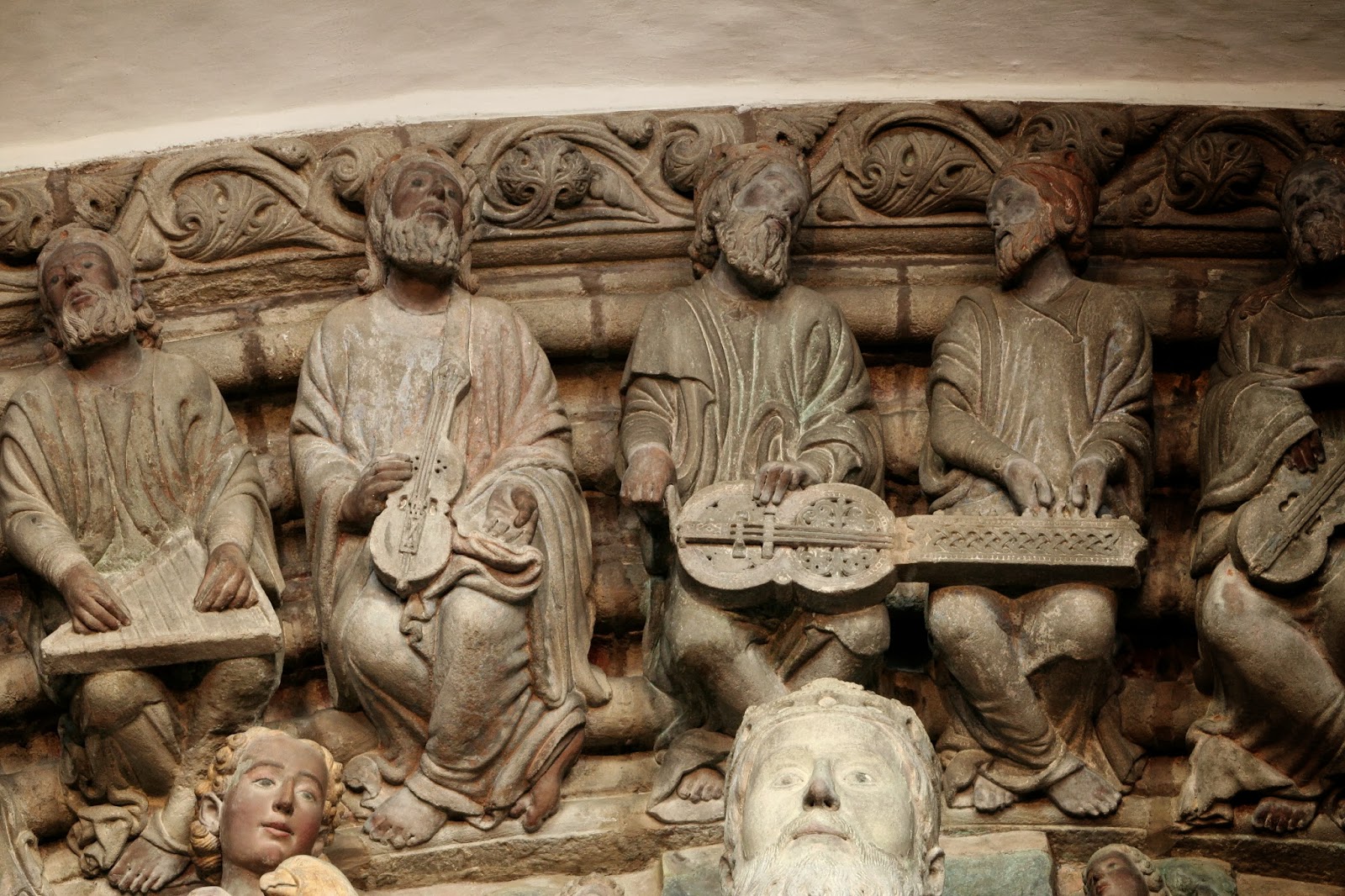Contenidos
San mateo 13 madrid
Sorolla museum
C/ SAN MATEO, 13 is a municipal location in Madrid. Territorially speaking, it belongs to Madrid. In this zone of the municipality, the most eguro is to find places of recreation and free time. It is quite sensible to think that from here, we can find a great variety of walking areas and route guides. How to get to C/ SAN MATEO, 13? In the case of wanting to get to the street we must indicate the starting point or the street of departure to the desired area. (Click on the “How to get there” button on the map.)Where is C/ SAN MATEO, 13? Based on our information, we will expose what we believe to be the nearby streets. For example, C Sanchez Preciados Number 62 and C Santa Brigida Number 10. If we adjust to reality, this is an area of Madrid. In any case, if you go for the location, you have to visit C Santa Elena Numero 6, sure it will be to your liking. Places close to C/ SAN MATEO, 13
Nearby municipalities are: Valdetorres De Jarama (28150), Madarcos (28755), Pinto (28320), Meco (28880), Villamantilla (28609), La Serna Del Monte (22255), Santa Maria De La Alameda (28296), La Cabrera (09300).
Museum of the history of madrid
C/ SAN MATEO, 13 is a famous street, which in turn belongs to the municipality of Madrid. This address also belongs to Madrid. It is well known that this urban area has a great variety of areas of interest. Starting from this location are usually prepared various routes and bike or walking tours. This street has an infinite number of portals and sites. The passers-by of this area also visit C San Romualdo Numero 26 and C Sanchez Preciados Numero 62. When we talk about this urban road we must consider that it is located in one of the most important areas of Madrid. The state of the circulation of vehicles is practically not usually dense. In view of all the above, we recommend you to visit this area. If you are around there, you might like to stop by C Santa Brigida Numero 10, with total security will be to your liking.
Museum of romanticism madrid
At first the museum was known as the Romantic Museum, but after the reform that concluded in 2009 the current name was adopted. The headquarters is located on Calle de San Mateo, in the neighborhood of Justicia (Centro district), occupying the former palace of the Marquis of Matallana, a building of classicist traces of Manuel Rodríguez García, who was in charge of its construction in 1776.
Romanticism is an artistic and literary movement that took hold in Europe at the beginning of the 19th century, although its characteristics and chronology vary from one country to another.[2] It consisted of a new way of feeling and understanding life, defined, among others, by the ideas of contradiction and instability. Just as each country experienced the Romantic movement with different characteristics and chronology, there were a number of common themes and traits:[3] The museum was conceived not as a museum, but as a museum of the Romantic movement.
The museum was conceived not as a mere exhibition of objects but with the intention that through the recreation of the environment, the visitor would feel transported to the Romantic era, acquiring great renown precisely because of the fidelity, accuracy and authenticity with which it presented that nineteenth-century atmosphere, and for its intimate and secluded character, far from the concept of museum-mass spectacle that became fashionable in the late twentieth century.
Museo del romanticismomuseo en madrid, españa
DescripciónInformaciónEl antiguo palacio del Marqués de Matallana, construido en 1776, alberga una fascinante colección de pintura, mobiliario y arte decorativo del siglo XIX que recoge la esencia de la vida cultural, política y cotidiana del Madrid de la época.
Uno de los espacios más mágicos de este singular museo es el Jardín de las Magnolias, ajardinado al estilo del modelo francés del siglo XVIII, organizado en cuatro avenidas separadas por parterres de distinto tamaño, con una fuente circular en la intersección. En cada uno de los parterres hay un árbol diferente, entre ellos una magnolia, que da nombre al jardín. Aquí se encuentra el Café del Jardín del Museo, donde se puede disfrutar de un café y una gran variedad de pasteles caseros.
El Museo cuenta con una entrada especial para facilitar el acceso a personas con movilidad reducida (en silla de ruedas), situada en la calle Beneficiencia, 14. También dispone de un ascensor con capacidad para una silla de ruedas y el recorrido de la exposición se puede realizar en condiciones normales, ya que todas las salas tienen la anchura necesaria.







